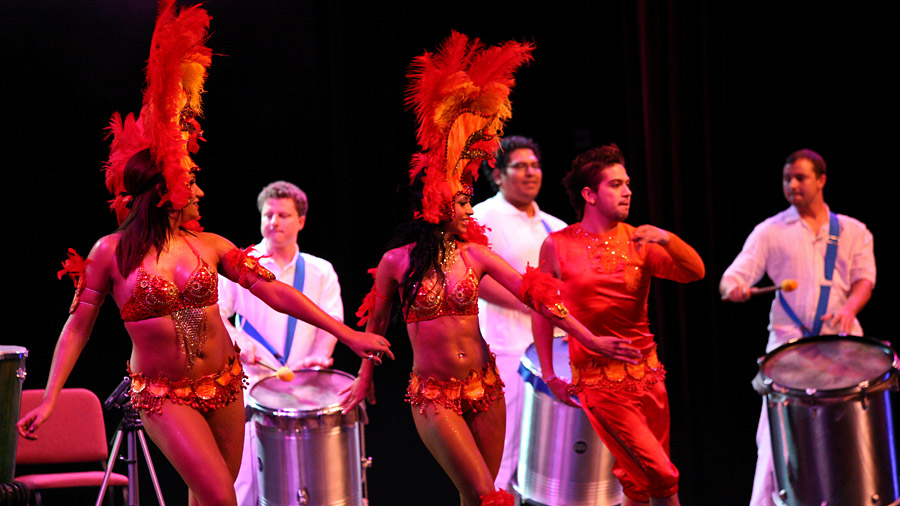 |
 Vision Begins Here JOIN MZTA What You Can Do Site Map |
Introduction |
|
|
How the New Vision Started  A group of young scholars prepare for an educational hike. MZTA Chapter Organizations and groups may choose to help organize and establish youth programs, and make camp opportunities available to local students. |
|
Activity |
Many Hands are Needed |
|
|
|
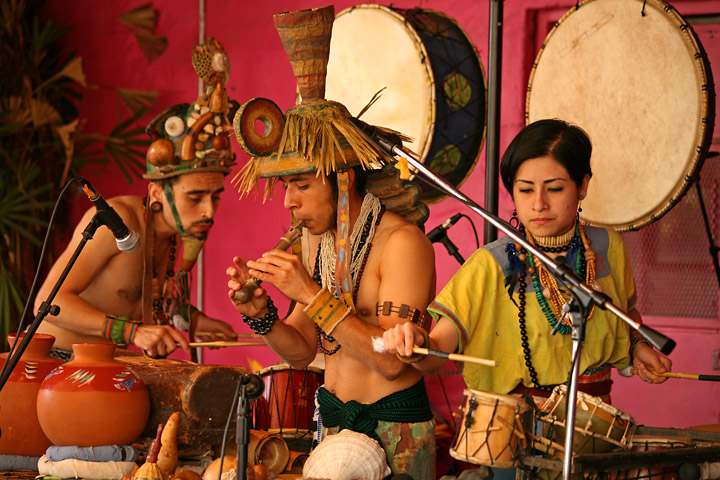 Performance by Huehuetl during Celebrate Houston, produced by Houston Institute for Culture (HIFC). |
|
|
A gallery featuring the kinds of programs that organization members have produced and will draw experience from in their plans to continue and improve for much wider audiences is presented below. |
HIFC's large productions at Miller Outdoor Theatre in Houston represent the kinds of programs Mile Zero Trail Association might produce or assist with in cities along the Link Trail. |
 |
Organization members have presented the highest caliber of cultural arts for audiences at universities and art spaces. |
 |
Classical musicians from Kazakhstan perform for a fundraiser to benefit youth programs. |
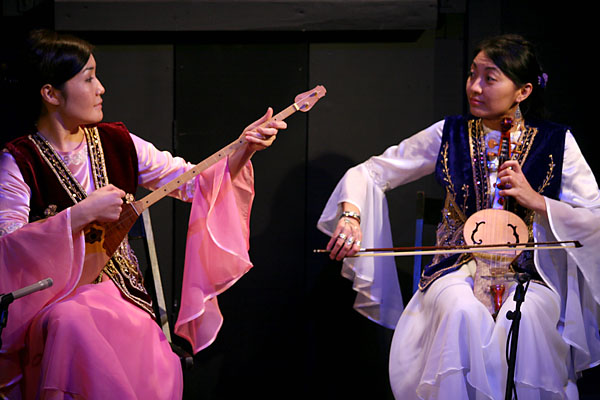 |
An appearance by Mongolia's Alash Ensemble at The Artery in Houston represents the exciting opportunity for audiences to enjoy top quality international touring artists. |
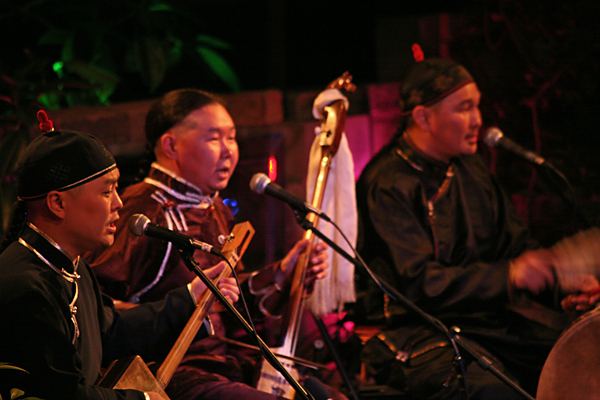 |
Art spaces like the East End Studio Gallery present opportunities for community members to poetry and arts that are becoming less available in school curriculum. |
 |
Traditional and family-oriented activities are an important part of opportunities that improve quality of life and strengthen communities. |
 |
Local markets and mini festivals are important in providing opportunities for artists and small businesses. |
 |
Historic and traditional events are important for cultural competency, like a performance of indigenous dance at the Gallup Intertribal Ceremonial, one of the exciting activities for young scholars during Camp Chaco. |
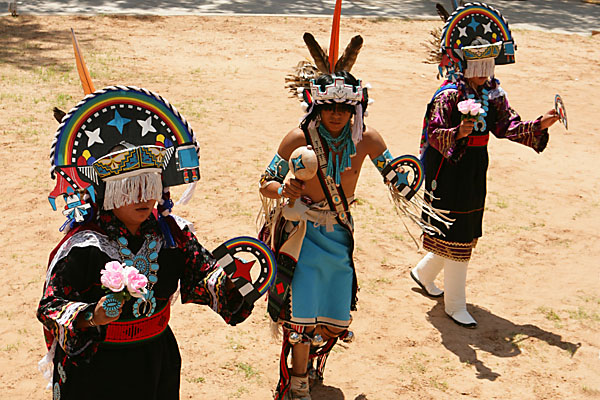 |
To inspire educational interests and lifelong learning, Camp Dos Cabezas students are exposed to an exciting world of adventure and imagination in fascinating geological settings and important archaeological sites. |
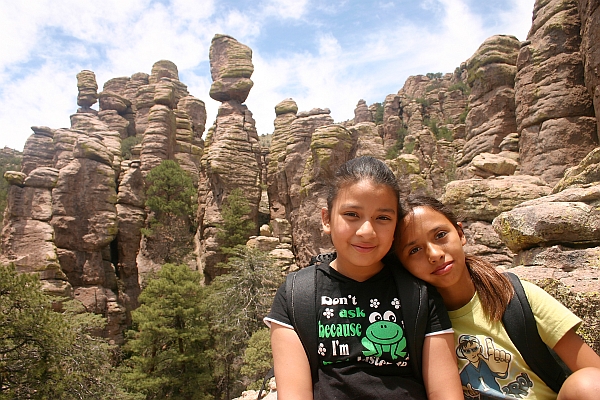 |
Young scholars tour informative National Parks and UNESCO World Heritage Sites like Mesa Verde (pictured), Chaco Canyon and Taos Pueblo during Camp Chaco. |
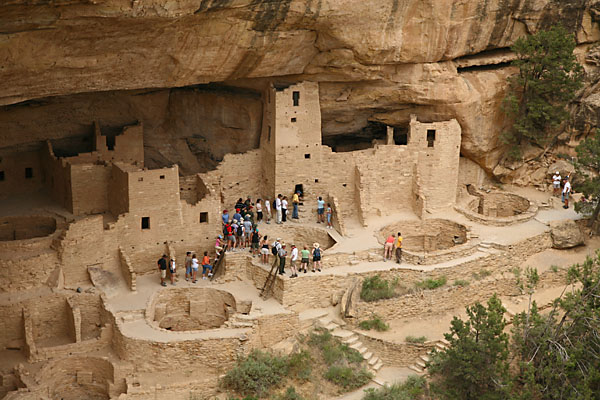 |
Utilizing curriculum that may be applied to students in most education settings, Mile Zero Trail Association members have extensive experience producing innovative youth camps and after-school programs in Houston area schools. |
 |
The Media Makers, Youth Voices and Houston Cool youth programs involve students in productive uses of internet and communications technology, as well as the benefits of trees in reducing the heat island effect and cleaning the air, among their many other benefits, in large cities. |
 |
|
|
|
© Copyright 2017-18 by Mile Zero Trail Association (MZTA) |
Home About the Mission Member Benefits Planned Programs The Link Trail |